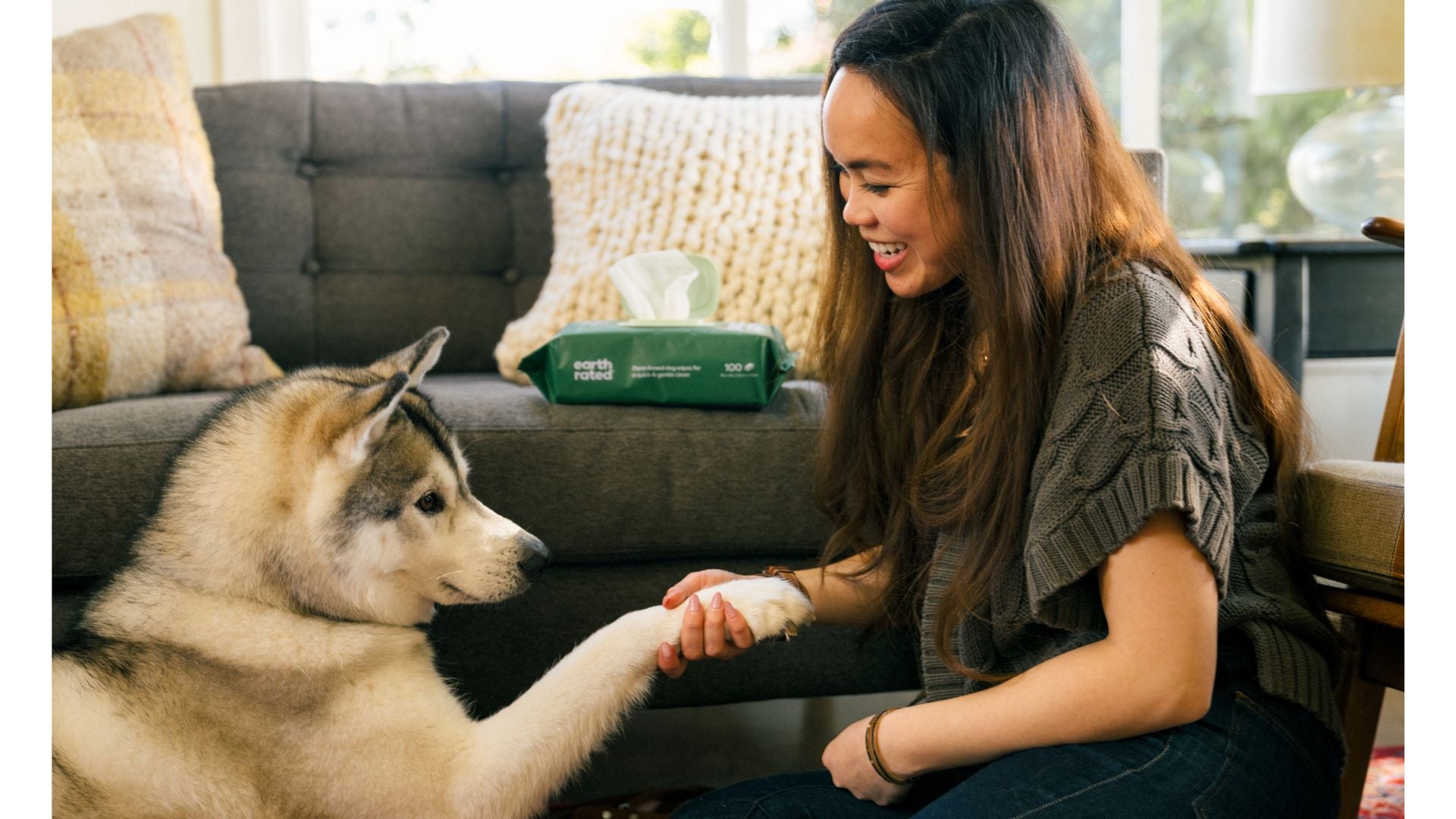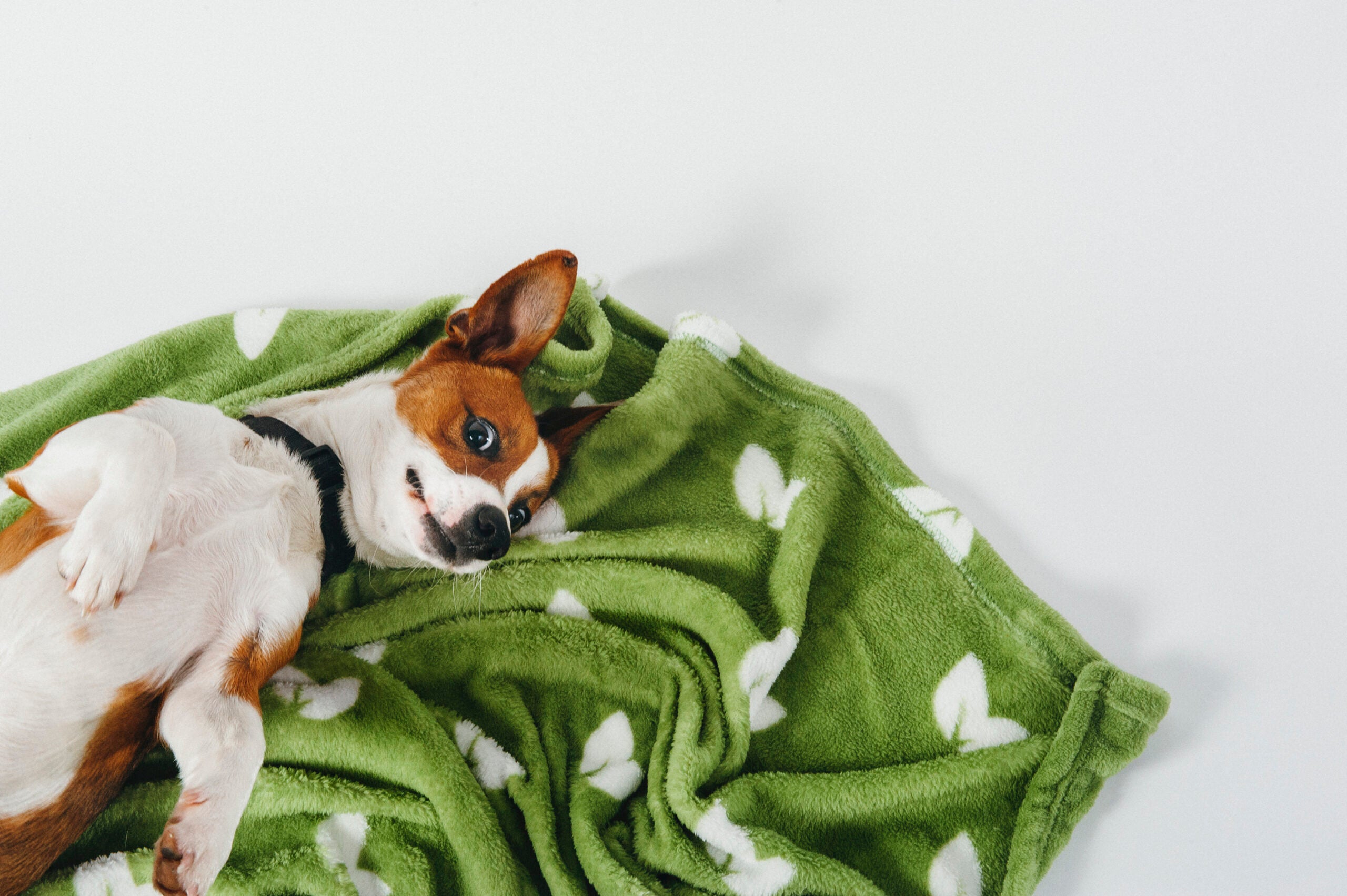It’s 2020. And as we’ve spent the last while at home to help slow the spread of COVID-19, one thing is certain: our dogs have been over the moon happy to spend all the extra time with us.
Now as cities begin to reopen after quarantine restrictions are lifted and we spend less time at home, it’s up to us to make the transition as smooth as possible for our pets.
Avoid separation anxiety and ensure a seamless adjustment with these easy tips!
Signs of Separation Anxiety
Have you noticed that as you spend more time apart, your little angel has been acting up? That’s no coincidence. A sudden bad boy demeanor isn’t an indicator of a personality change. More likely, it means they miss you.
The first step toward fixing a behavior problem is to understand the underlying issue. The following behaviors are signs of separation anxiety.
- Barking or whining whenever you leave home
- Destructive behavior – goodbye couch cushions
- Your housebroken dog suddenly becomes a heartbroken dog who pees and poops indoors
- Overgrooming or other obsessive habits
- Change in appetite
- Scratching at doors or windows indicative of an escape mission
None of this is ideal, for you or your dog. But fear not, we have a solution!
How to Treat Separation Anxiety in Dogs
For the love of your shoes, not to mention your dog’s peace of mind, it’s important to ease separation anxiety. Try these methods to help solve the issue.
Create a safe space for alone time. Whether that be a separate room or a crate or kennel, find a comfortable place for your dog to spend quality me-time without you.
A mentally stimulated dog is a happy dog. Keep them entertained at home with enrichment activities. Here at Earth Rated, many of our team members are dog owners. We created a tried and tested list of our dogs’ favorite ways to keep busy indoors, that you can use too:
https://earthrated.com/en/blog/how-to-keep-your-dog-busy-at-home/
Play soothing music for your dog while they’re home alone. The house won’t sound as empty, and any sudden loud noises won’t seem as sudden or scary.
Practice leaving for short periods of time to get your dog used to living independently again. Run essential errands alone or go for a walk without your dog. Scroll through Instagram from your sidewalk or e-mail Grandma from your backyard. As much as we’d love to keep our dogs by our sides all day long, it’s better to prepare now to avoid anxiety later.
When you do leave the house, DO NOT make a big deal about leaving. Your dog is susceptible to your emotions. If you treat every outing like it may be your last, your pup will sense the drama. As you approach the door, no long hugs, no sorrowful glances. Exit as unnoticeable as possible. Like an unsuccessful Shark Tank contestant, leave without making a big deal.
Do you pick up keys before heading out for the day? Your dog knows you do. And when they hear that jingly sound, they’ll know you’re about to leave. Lose that association by mixing up cues. Take your keys to the kitchen to get yourself a glass of water. Open the closet and put on a jacket to go to… the bedroom. All in the spirit of being able to exit your home unnoticed.
Did someone say T-R-E-A-T? Reward your dog for calm, independent behavior. Let them know how good they are. Aspire them to greatness.
Separation anxiety can affect dogs at any age and start at any point in their lives. Be patient, as training a dog with separation anxiety isn’t always a straight and simple line. Seek out a certified trainer to help guide you if you are struggling.
With these tips and the help from a trainer, returning back to the office after weeks of working from home can help your dog transition out of a routine painlessly. And less heartbreak is good for everyone.








